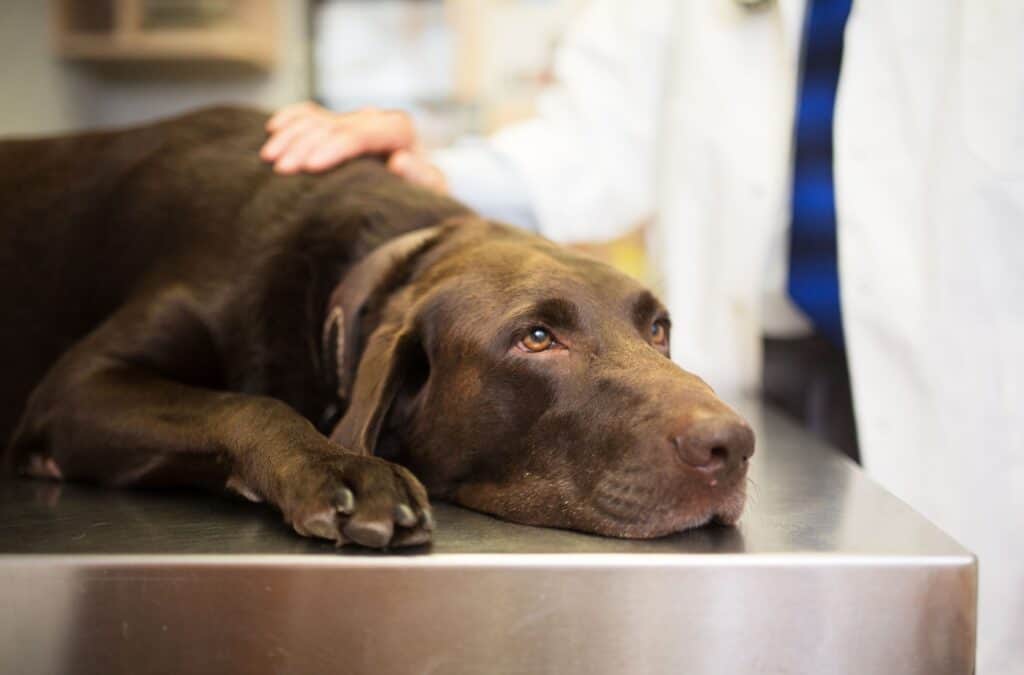Laparoscopic Surgery: What It Is, How It Benefits Pets
Laparoscopic Surgery: What It Is, How It Benefits Pets

Pet surgery techniques have grown increasingly more sophisticated, and today, some veterinarians offer the option of laparoscopic surgery for certain cat and dog procedures. We’re proud to offer this minimally-invasive technique at Parkside Animal Hospital, and we’ve put together some information to help you learn more about laparoscopic surgery and its advantages for your pet.
What is Laparoscopic Surgery?
Laparoscopic surgery is also called “keyhole surgery” because it involves making two tiny (5 mm) keyhole incisions, one for a fiber optic camera, and one for a surgical instrument. Just like traditional “open” surgeries and dental extractions for dogs and cats, laparoscopy still requires the use of general anesthesia.
Benefits of Laparoscopic Surgery
For many pet parents, the only downside of laparoscopic surgery is that it costs more. This is due to the sophisticated equipment and veterinary expertise required to perform the procedure. The good news is, there are plenty of upsides of laparoscopic surgery to consider, including the following:
- The smaller incisions will heal much faster.
- Your pet’s recovery time will be significantly shorter (back to function in 72 hours).
- There is a decreased risk of certain complications.
- Your pet will experience 65% less postoperative pain (and typically need less pain medication).
- Your pet’s overall discomfort is minimized.
- The camera sends images to a screen where they can be enlarged, providing the veterinarian with improved visibility during the surgery.
Applications for Laparoscopic Surgery
At Parkside Animal Hospital, our doctors use laparoscopy for our spay procedures and cryptorchid neuters, liver biopsies, and gastropexy procedures. Occasionally, we might use laparoscopy for exploratory reasons when we don’t feel that an ultrasound would be sufficient.
Your Pet’s Recovery
Because laparoscopic surgery has so many advantages over traditional pet surgery, it’s tempting for pet parents to think that everything will be back to “business as usual” once their pet returns home.
While recovery time is significantly shorter for pets undergoing laparoscopic surgery, it’s still important to follow all post-op instructions provided by your pet’s veterinarian. Most pets are able to walk outside long enough to potty or walk to the litter box within the first 24 hours of their procedure, but vigorous exercise after surgery should be avoided until your veterinarian deems that it’s safe.
We’re Here to Answer Your Questions
We know it can be scary to learn that your pet needs surgery. We will thoroughly and patiently discuss your pet’s surgery options with you to ensure that together we make the best decision for your pet. Please contact us at (705) 223-3404 if you have any questions about laparoscopic surgery or to discuss your pet’s needs.
